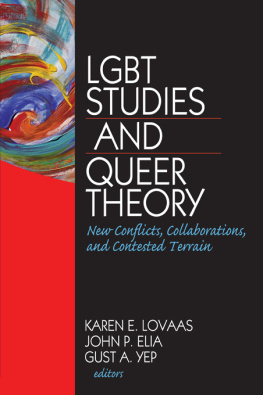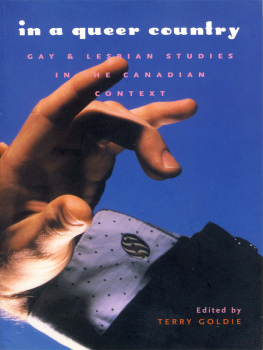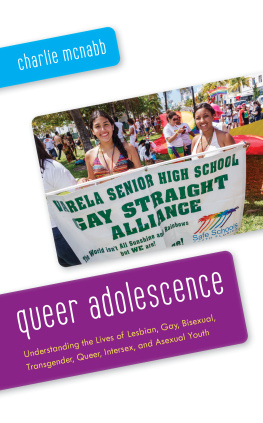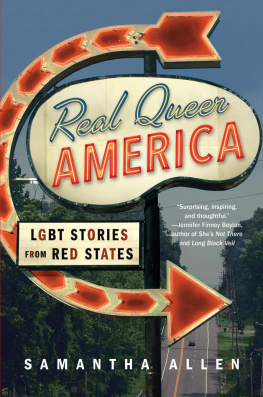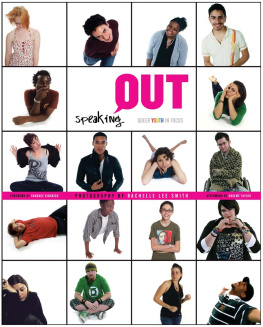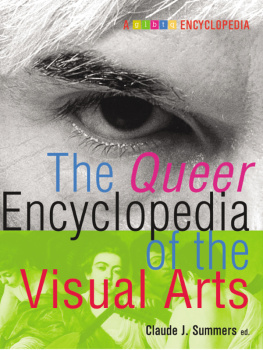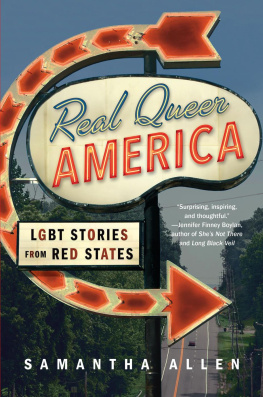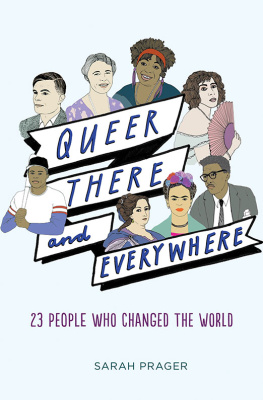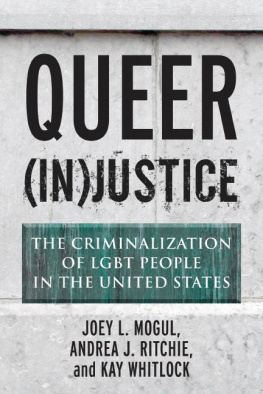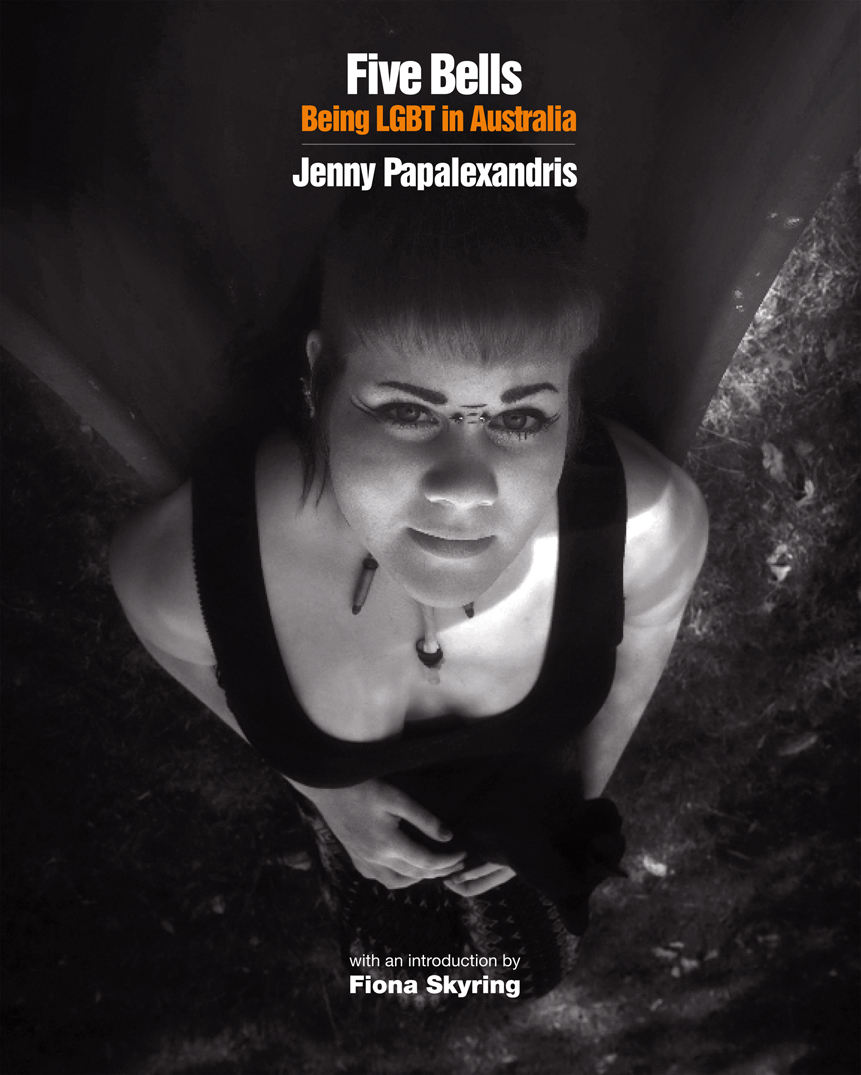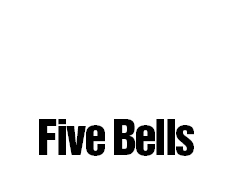

2016 by Jenny Papalexandris
Preface 2016 by Jon Stryker
Introduction 2016 by Fiona Skyring
Poetry Saman Asadi
All rights reserved.
No part of this book may be reproduced, in any form, without written permission from the publisher.
Requests for permission to reproduce selections from this book should be mailed to: Permissions Department, The New Press, 120 Wall Street, 31st floor, New York, NY 10005.
Published in the United States by The New Press, New York, 2016
Distributed by Perseus Distribution
ISBN 978-1-62097-205-2 (e-book)
CIP data available
The New Press publishes books that promote and enrich public discussion and understanding of the issues vital to our democracy and to a more equitable world. These books are made possible by the enthusiasm of our readers; the support of a committed group of donors, large and small; the collaboration of our many partners in the independent media and the not-for-profit sector; booksellers, who often hand-sell New Press books; librarians; and above all by our authors.
www.thenewpress.com
Book design and composition 2016 by Emerson, Wajdowicz Studios (EWS)
This book was set in Helvetica Inserat, Helvetica Neue, Franklin Gothic, and News Gothic
Printed in the United States of America
10 9 8 7 6 5 4 3 2 1
Table of Contents
Guide
Contents
Jon Stryker
Fiona Skyring
JON STRYKER
The photographs in this book and others in this series are part of a larger collective body of commissioned work by some of the worlds most gifted contemporary photojournalists. The project was born out of conversations that I had with Jurek Wajdowicz. He is an accomplished art photographer and frequent collaborator of mine, and I am a lover of and collector of photography. I owe a great debt to Jurek and his design partner, Lisa LaRochelle, in bringing this book series to life.
Both Jurek and I have been extremely active in social justice causesI as an activist and philanthropist and he as a creative collaborator with some of the household names in social change. Together we set out with an ambitious goal to explore and illuminate the most intimate and personal dimensions of self, still too often treated as taboo: gender identity and expression and sexual orientation. These books will reveal the amazing multiplicity in these core aspects of our being, played out against a vast array of distinct and varied cultures and customs from around the world.
Photography is a powerful medium for communication that can transform our understanding and awareness of the world we live in. We believe the photographs in this series will forever alter our perceptions of the arbitrary boundaries that we draw between others and ourselves and, at the same time, delight us with the broad spectrum of possibility for how we live our lives and love one another.
We are honored to have Jenny Papalexandris as a collaborator in Five Bells. She, and the other photographers among our partners, are more than craftsmen; they are communicators, translators, and facilitators of the kind of exchange that we hope will eventually allow all the worlds peoples to live in greater harmony. 


Jon Stryker, philanthropist, architect, and photography devotee, is the founder and board president of the Arcus Foundation, a global foundation promoting respect for diversity among peoples and in nature.
FIONA SKYRING
In this book, Jenny Papalexandris has gathered photographs that speak of love and family warmth, of loneliness and loss, and of celebration. The people who shared their stories with Jenny are members of the LGBT community in southeastern Australia, in the cities of Sydney, Canberra, and Wollongong, and in the coastal town of Kiama, south of Sydney. The sexual orientation labels fall away as unimportant in the poetic reflection of everyday life depicted in the images. The identification of the people in the photographs is about much more than their status as part of a minority community. They express universal human desires for love and respect, for belonging and to be able to simply be themselves. With her camera, Jenny takes us to the private and domestic spaces inhabited by the people in this book, and it is in this intimate space that we meet them. As Jenny says,
In Australia, LGBT is an acronym most commonly used to refer to Lesbian, Gay, Bisexual, and Transgender people. It implies inclusiveness of the various and overlapping identities within the LGBT community, also referred to as the LGBTI community, where the I stands for Intersex, or the LGBTQI community where the Q denotes Queer.
I work with an image until the story is revealed to me, until the image speaks of what is in my mind as opposed to what I see with my eyesmy impulse is to sense rather than to see.
Five Bells is the third in a series of LGBT photography books supported by the Arcus Foundation, designed by Emerson, Wajdowicz Studios (EWS), and published by The New Press. The purpose of the collaboration between designers, financial supporters and publishers in this series is to explore gender identity and sexual orientation in the context of protecting and advancing the human rights of lesbian, gay, bisexual, and transgender (LGBT) people. The Arcus Foundations Social Justice Program aims to
From Jon Strykers Preface in M. Friedman, Lyudmila and Natasha: Russian Lives, New York: The New Press, 2014.
ensure that individuals and families around the world of every sexual orientation and gender identity are able to live their lives with dignity and respect, and express their love and sense of self.
http://www.arcusfoundation.org/what-we-support/social-justice-lgbt/.
The brutal oppression and state-sanctioned violence to which many LGBT people around the globe are subject is not a feature of life in Australia. Homophobia still rears its ugly head in debates about the civil rights of same-sex couples, and it was not so long agoonly forty years or sothat LGBT people who came out risked being sacked from their jobs, disowned by family and friends, and harassed by police. But decades of activism by people in the LGBT community and their supporters have changed that. In 1975 the legislation that criminalized consensual sex between adult men was repealed in South Australia. Over the ensuing decade most states and territories across Australia followed suit. New South Wales, the home of Sydneys Gay and Lesbian Mardi Gras, repealed anti-homosexual laws in 1984. The last states to repeal such legislation were Queensland in 1990 and Tasmania in 1997. Following nineteenth-century British laws in relation to prohibited sexualities that completely ignored lesbians, Australian laws imposed a similar silence. Nevertheless lesbians in Australia were criminalized in other ways.


